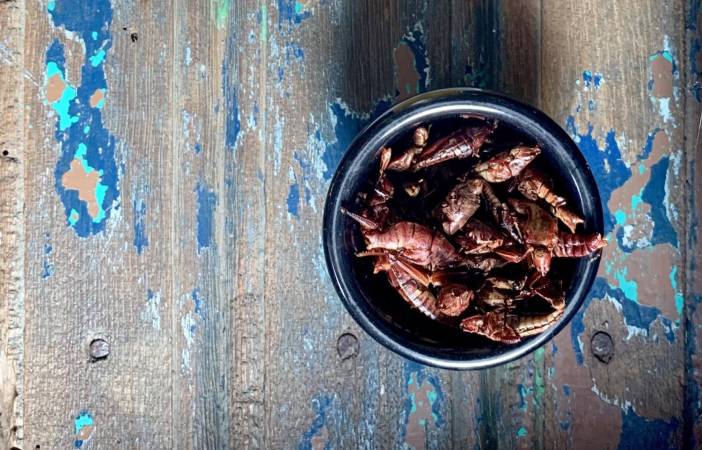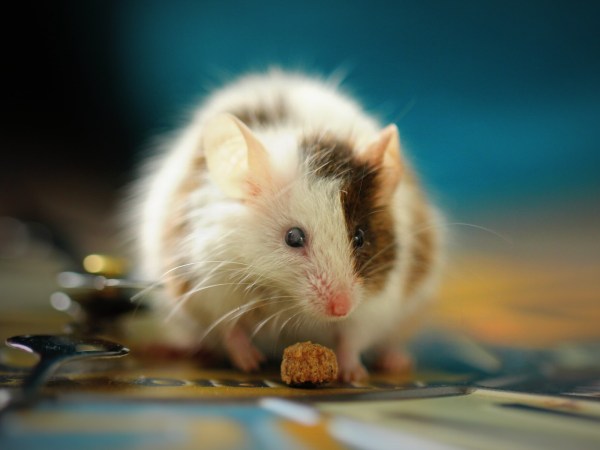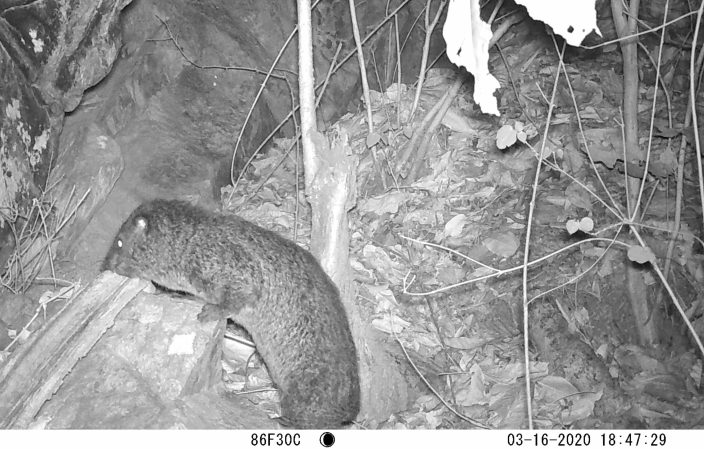

We may earn revenue from the products available on this page and participate in affiliate programs. Learn more ›
Keeping ants alive isn’t easy. A typical colony requires regular fruit infusions, lots of water, and protein sources such as mealworms, crickets, and fruit flies. Because these pets can’t freely roam your home (that’s called an infestation), you’ll need to set up a formicarium—the technical name for an ant farm. Choose a species appropriate for your skill level, then trust these teensy-weensy towns to ensure your ant experiment is an active success.
Easy
Medium

Hard
























